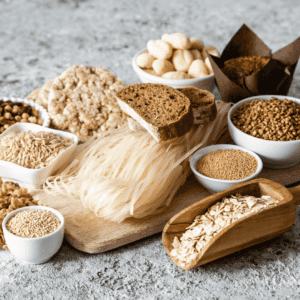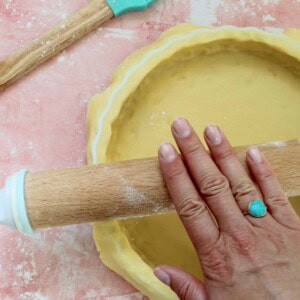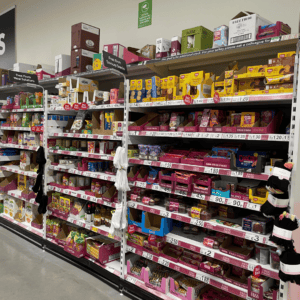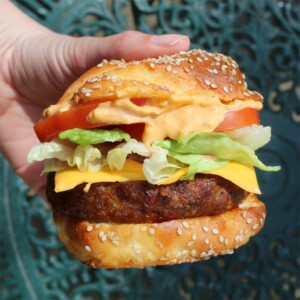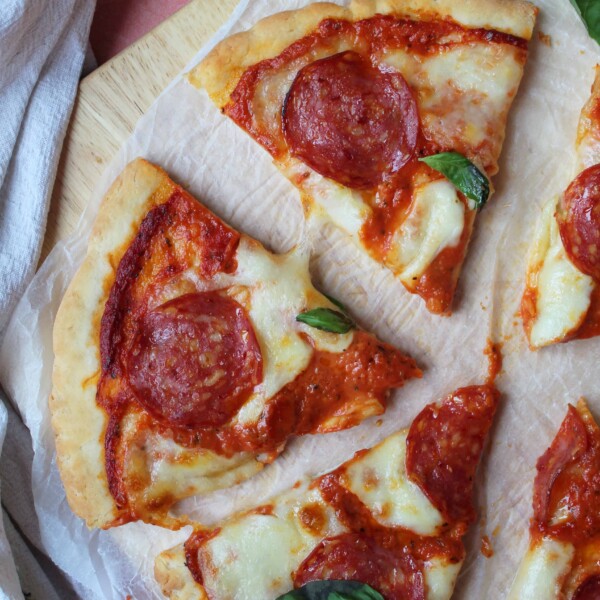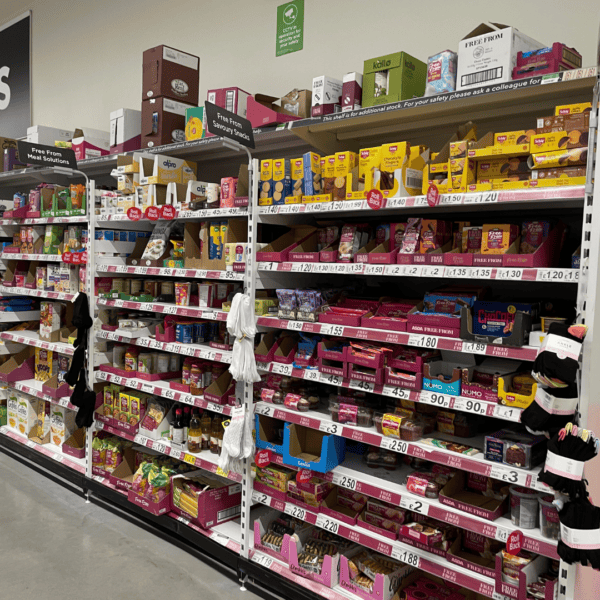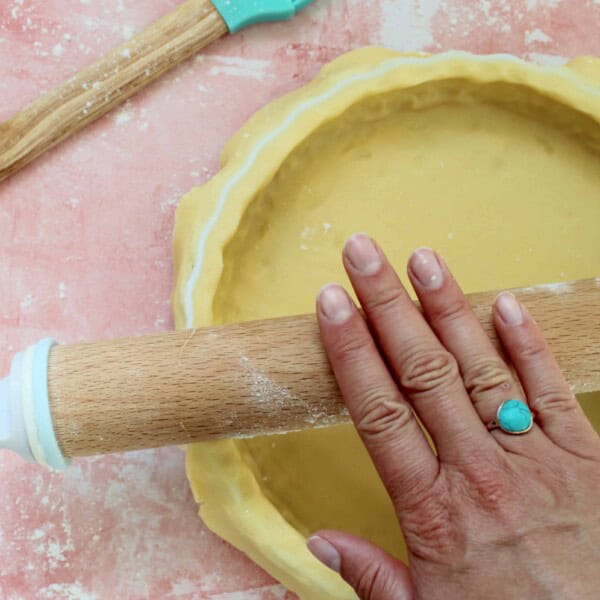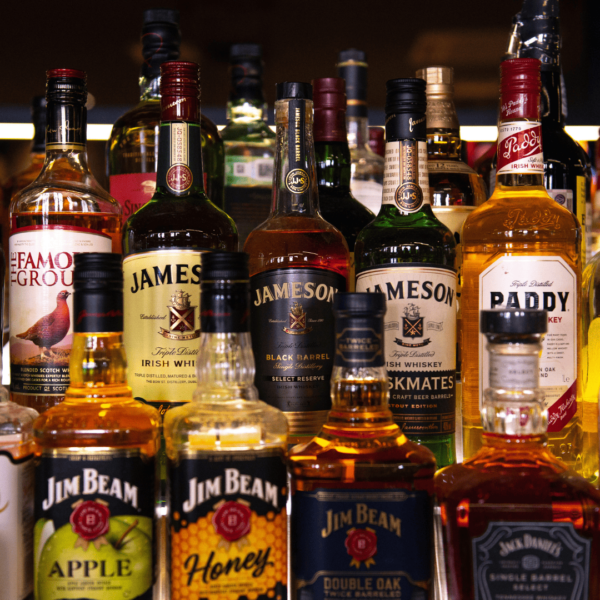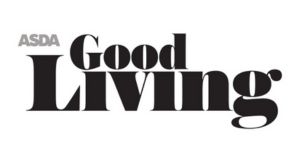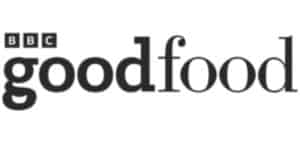This post may contain affiliate links for which I earn a small commission at no extra cost to you. For more info, check out my Disclosure Policy. Thank you for your support!
I’ve been asked a lot of questions lately about whether people with coeliac disease can share ovens and air fryers with gluten-eaters. There has actually been relatively little research done into this topic, but I hope what I’ve gathered together all the advice I could find from experts to bring you my top tips on using an oven or air fryer with coeliac disease.
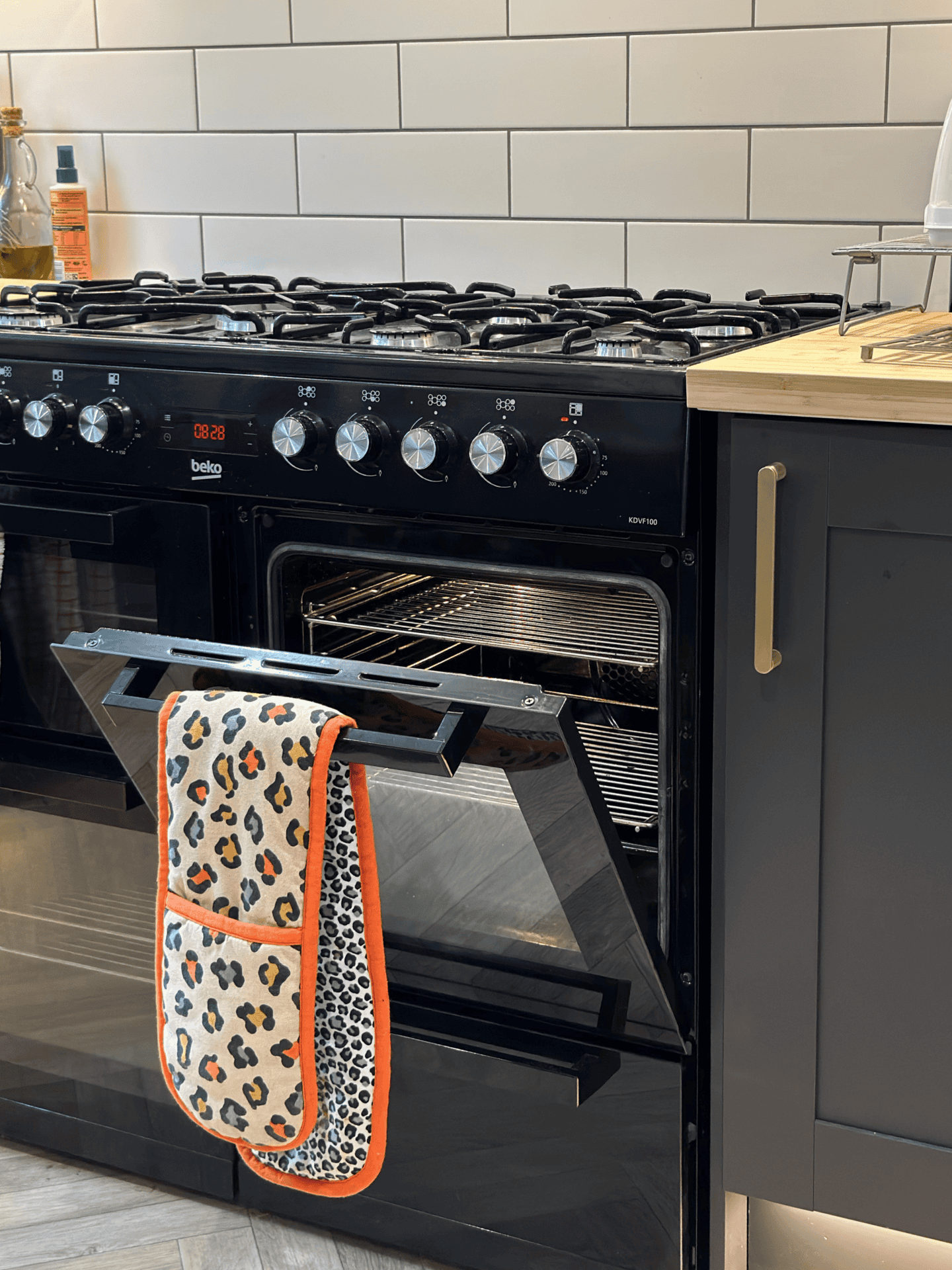
Being diagnosed with coeliac disease can be daunting – not only do you have to buy gluten free food, you also have to be really careful about cross contamination.
Often this can mean buying some new utensils and tools for the kitchen to keep things separate. But should this go as far as buying an extra oven!?
The general consensus on sharing ovens seems fairly divided and rightly so – there is a complete lack of studies on this topic.
And as this study on the risk of cross contamination states: “Such studies are needed to inform evidence-based recommendations for best practices for GF food preparation that balance risk of gluten exposure with harm from anxiety and hypervigilance.”
There are a lot of unanswered questions – and while I can’t promise to have a definitive answer, here is what I have managed to find out…
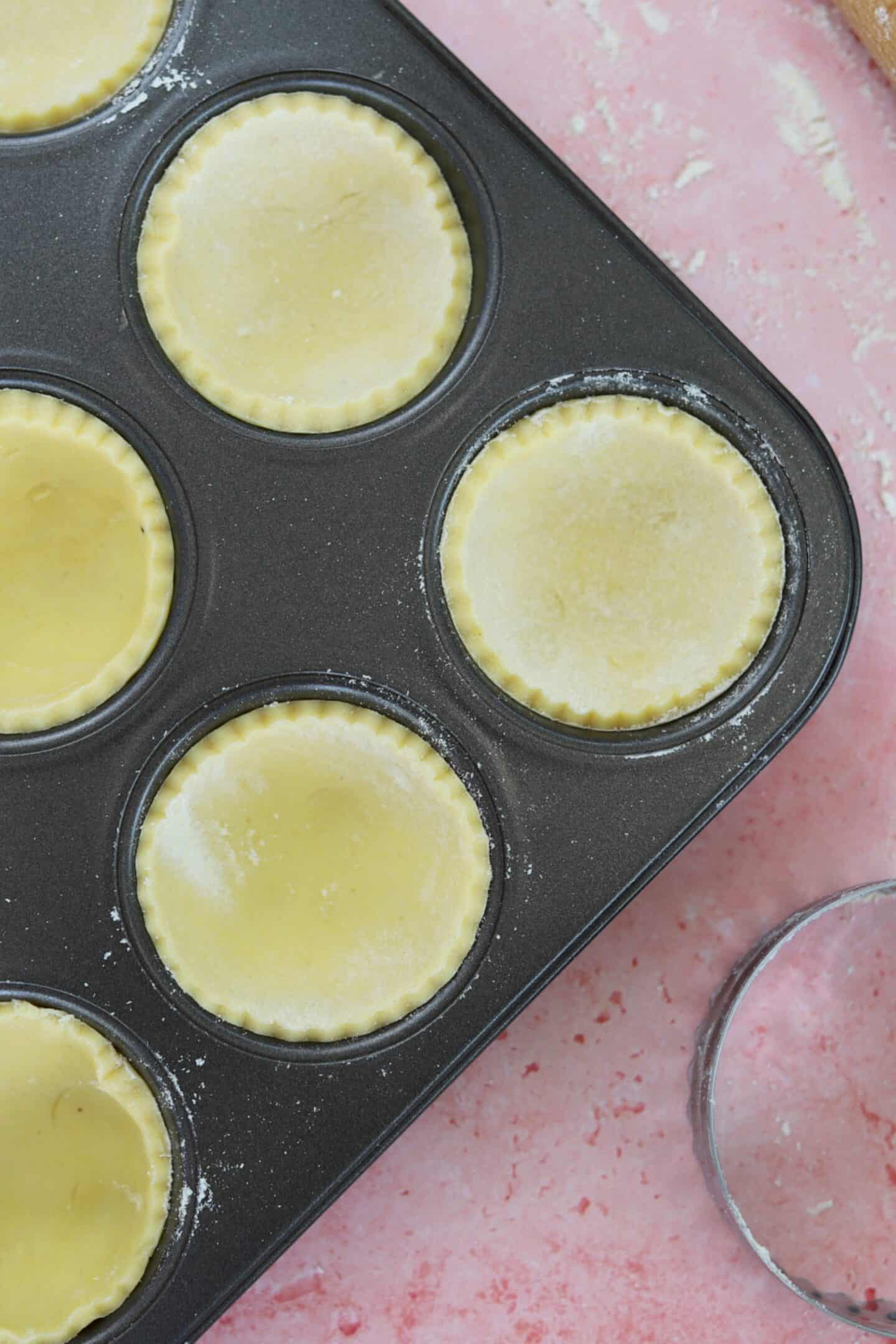
What is cross contamination?
When you have coeliac disease you must be very careful to avoid any cross contact with gluten containing foods.
Even a crumb can make a person with coeliac disease unwell so it’s important to put in place extra steps when preparing food.
General guidance for avoiding cross contamination on a gluten free diet includes:
- Always use separate pans and trays when cooking gluten free food to separate it from any items which may contain gluten.
- Always use separate spoons, tongs and utensils to avoid transferring any gluten between pans and dishes.
- Clean down work surfaces (and hands) thoroughly before preparing gluten free foods and always prepare them away from gluten-containing foods.
- Always serve gluten free food separately in its own serving dishes with its own serving spoons so there’s no risk of ‘double dipping’.
- Avoid opening ‘dusty’ foods like bags of flour, flaky pastry, etc, near gluten free food as there’s more of a risk of it flying round the room.
- Never fry gluten free food in the same oil as normal food – it’s a false urban legend that heat kills gluten. It does not.
- Use a toaster bag for gluten free bread to avoid cross contamination from crumbs in the toaster. These are great for travelling too!
While this list is by no means exhaustive, it does give some idea of the basic common sense needed to avoid any cross contamination when preparing gluten free food.
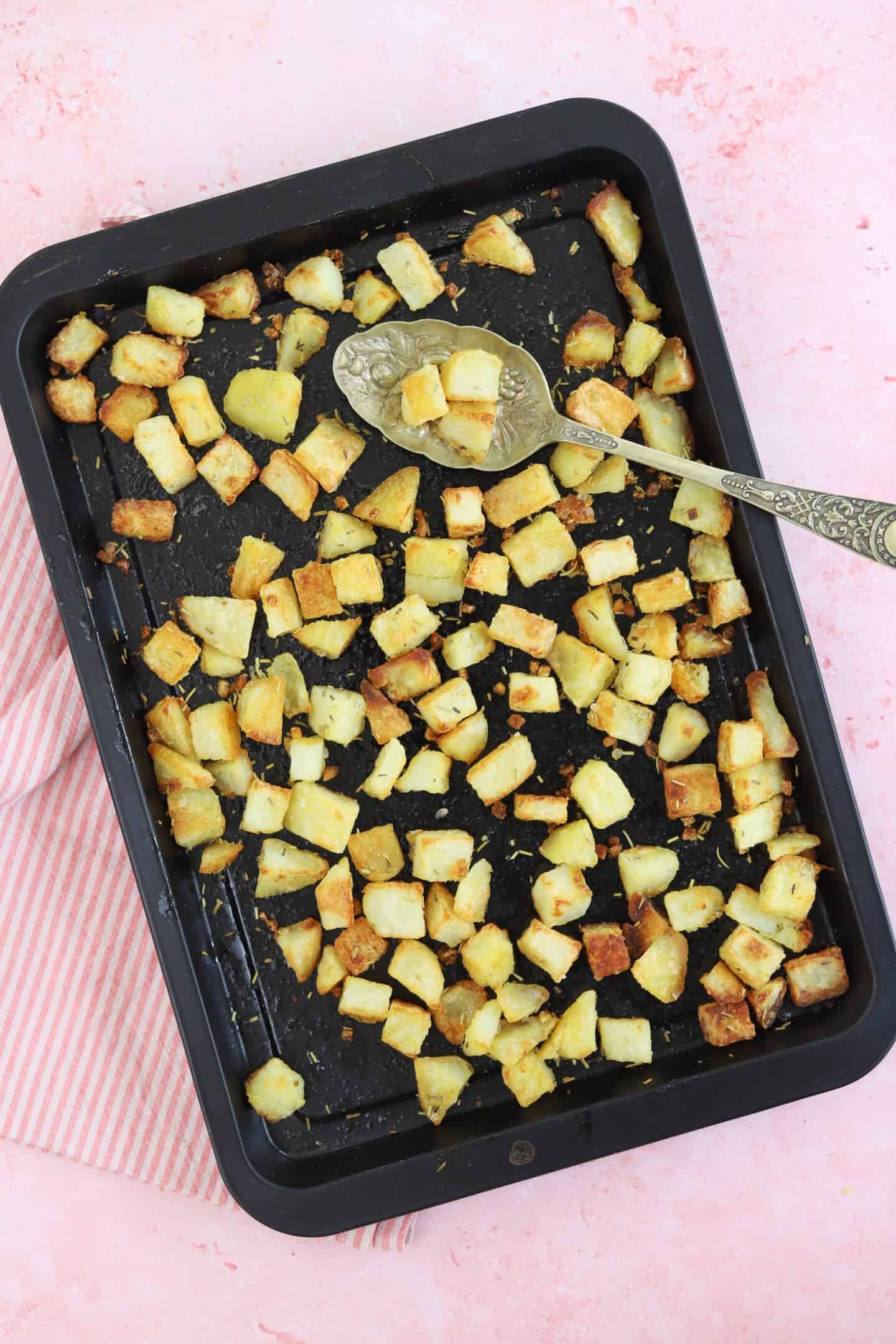
Can coeliacs use the same oven?
This is where things can get tricky.
Let’s face it, for 99% of households it’s unrealistic to diagnose someone with coeliac disease and expect them to find the money and space to buy a second oven for their home.
And it’s also unrealistic (and unaffordable) for someone with coeliac disease to ask their family to eat completely gluten free, all of the time.
Sure, in an ideal world, either the whole household would give up gluten, or the person with coeliac disease would have their own oven (or kitchen!) to avoid any risk.
But this is simply not practical or affordable for the average household – so what do we do?
If you’re not cooking gluten free food in a dedicated gluten free kitchen there will always be some element of risk, but this is a practical reality we have to deal with.
And with the right procedures in place you can effectively minimise the risk of cross contamination and be able to stick to a strict gluten free diet.
If you have a standard oven: And by this I mean NOT a fan or convection oven, there is less risk. This is because these ovens don’t blow heat around in the same way.
In a fan or convection oven: These ovens blow heat around the oven space, so there is obviously going to be more risk of cross contamination cooking some foods.
And by this I mean foods which I like to refer to as ‘dusty’ foods. For example, a piece of chicken marinaded in, say, soy sauce, would not be gluten free but would be unlikely to produce ‘gluten dust’ and particles that would fly around the oven.
This is in comparison to something like a flaky sausage roll or a pizza base dusted in flour. I personally would deem it too risky to cook something like this at the same time as gluten free food.
And because there haven’t really been many studies into this to give us a clear answer on how risky it actually is, I think we have to use some common sense here.
In it’s free guide for caterers: Catering Gluten Free: How To Get It Right, Coeliac UK gives the following advice:
Oven cooking – gluten free items should be cooked in the oven above gluten containing items if cooked at the same time. Gluten free foods such as pizzas and breads must not be placed directly on oven surfaces but placed on clean baking trays.
Fan ovens – where fan ovens are used and foods being cooked are made from ingredients that could circulate in the oven, for example flour or flaky pastry, gluten free foods should be cooked separately to prevent cross-contamination.
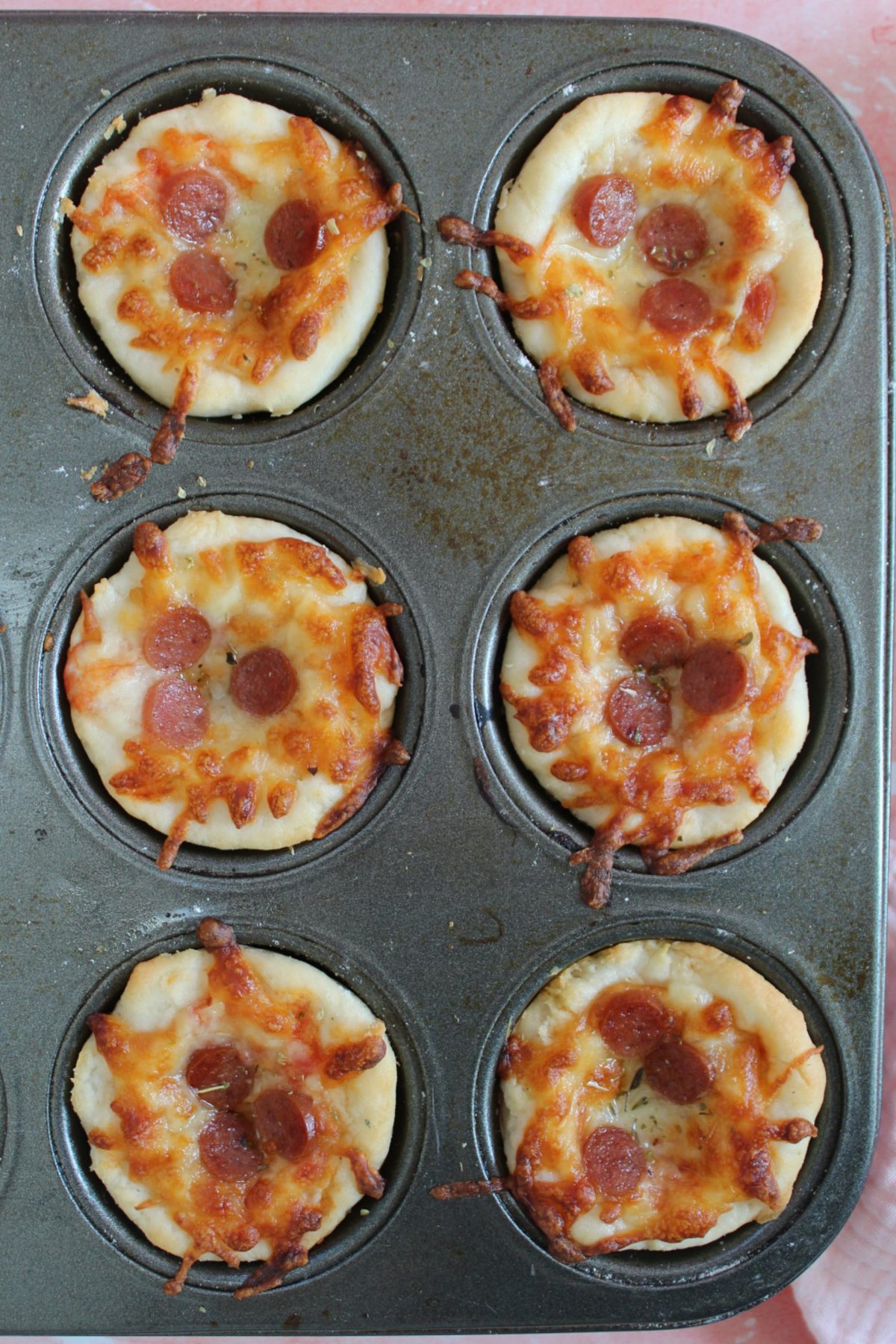
How to minimise cross contamination in the oven
For many families, cooking gluten-containing food and gluten free food in the oven is just a reality that cannot be avoided.
I had a really good conversation with a dietitian once about how there has to be a balance between what is reasonably safe and the point where life just gets miserable.
For example, you can’t resign yourself to a life of just eating salad because you’re too terrified to use an oven. That is not healthy.
But at the same time, it would be foolish to chuck a floury, gluten-filled loaf of bread in a fan oven, directly on the oven shelf, above your uncovered, gluten free food.
There has to be an element of balance and common sense when it comes to cooking.
Ways you can help to minimise the risk when using the same oven:
- Use separate trays – no matter how you cook, gluten free food should ALWAYS be kept separate from any gluten-containing foods.
- If you can’t use separate trays – you can use some small Pyrex dishes within one baking tray to help if space is limited. This can help to keep food separate and the higher sides will help to prevent cross contamination.
- The ‘tinfoil hack’ – I posted a jestful reel about this recently and it was met with a mixed response. You can create tinfoil trays (in the same way as using a Pyrex dish in the above tip) to separate food but you MUST do it properly, ensure they are leakproof with high sides, and I’d only recommend doing this for foods which aren’t ‘juicy’ or ‘dusty’. Personally I have never had issues doing this but I am fussy about which foods I do this with and I’m always extra careful. I’m not sure I’d trust others to do it for me without inspecting it very closely!
- Use foil lids – You can also use tinfoil to create a lid for your food if you’re using a fan or convection oven. This will help to stop any crumbs or particles getting into your gluten free food when the air circulates.
- Cook gluten free food on top – Always ensure the gluten free food goes in the top of the oven so no crumbs can fall down and contaminate it.
- Always cook on a clean baking tray – I never cook any food directly on the oven shelf to avoid any mix-ups and accidental cross-contact. This helps alleviate any crumbs and also keeps the oven as clean as possible to avoid contamination.
- Keep the oven clean – Nobody likes cleaning ovens but let’s face it, the cleaner they are, the less risk of an accidental glutening.
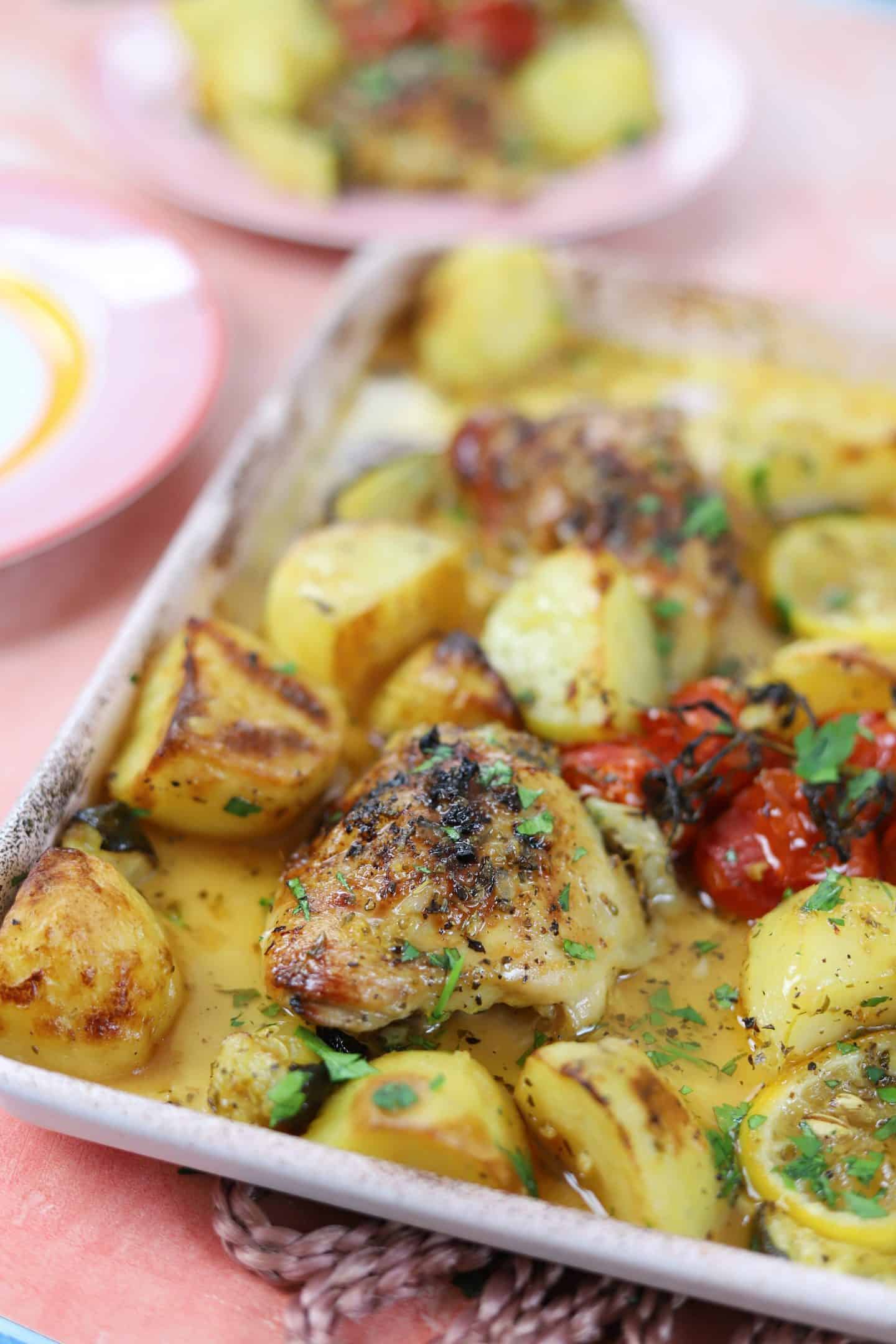
Can coeliacs use an air fryer?
Air fryers work in a similar way to fan (convection) ovens, in that they blow the hot air around a small space.
And because air fryers are a relatively new fashion trend, there is even less research into using them with coeliac disease.
I personally feel the risk of cross contamination is too great to share one and as we eat largely gluten free in our house anyway, I don’t allow gluten in the air fryer at all.
But again, there are options – and in fact having a dedicated gluten free air fryer can be a great idea if you’re concerned your oven isn’t safe.
There are several options when it comes to a gluten free air fryer:
- Have two air fryers – one which is dedicated to gluten free food ONLY, and labelled clearly so there are no mix-ups. But again, this takes up space – and cash – which a lot of us don’t have!
- Get a two-drawer air fryer – I have seen this suggested a lot on social media, where households label one drawer as gluten free.
- Use the air fryer for gluten free instead of the oven – Some people on social media have suggested they cook their family’s gluten-containing meal in the oven, and their own gluten free food in the air fryer, to avoid cross contact.
- Clean the air fryer before use – One suggestion is giving the air fryer a thorough clean (and also using silicone trays for extra protection) before using it for gluten free food. But again, there are no studies on this, so it largely comes down to what you feel comfortable with – and how good your cleaning skills are. Most air fryer baskets can be dish-washed nowadays but those with lots of crevices can be difficult to clean, so I’d definitely recommend an extra tray when using.
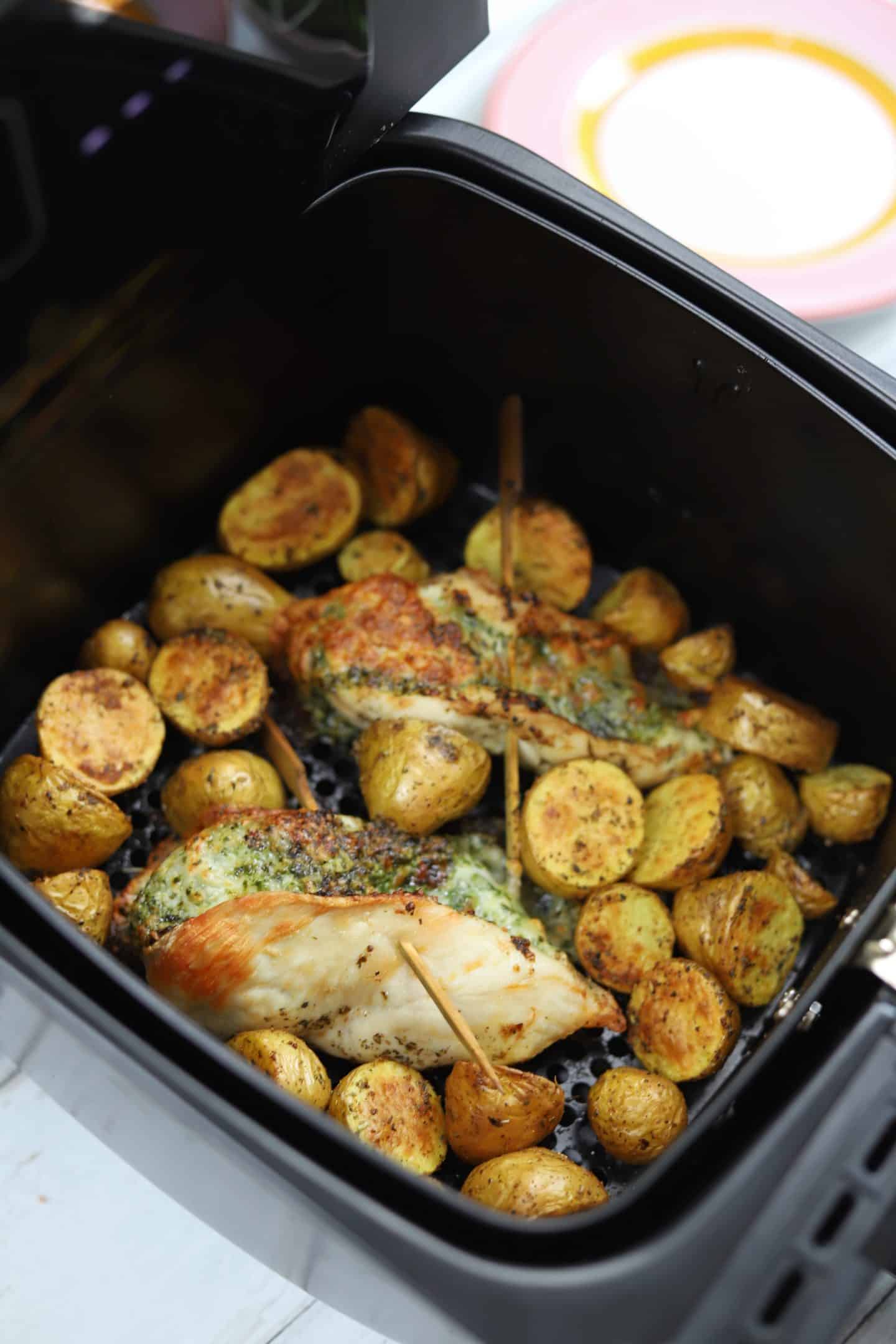
The take home points
At the end of the day, there isn’t a clear study to prove one way or another whether sharing an oven when you have coeliac disease is safe.
And every household is different – some people may have immaculate ovens which are scrubbed clean after every use. I certainly do not.
Taking all of this into account, I think the best advice if you have coeliac disease is:
- Where you can, always cook gluten free food in a separate oven or air fryer, or in the same oven but not at the same time as gluten-containing foods.
- Where this is not possible, always use separate trays and cook gluten free food on the top shelf above other foods.
- With a fan or convection oven, try to avoid cooking ‘dusty’ gluten-containing foods at the same time, and cover your gluten free food where possible with tinfoil.
- Do what you feel comfortable with! Every household is different and if you personally don’t feel it’s safe to use the same oven or you’ve felt unwell doing this previously, don’t do it. Try to find another option like a dedicated gluten free air fryer instead.
More gluten free tips and advice
Further reading and resources
If you’re interested in reading more on this topic, I’d recommend downloading the free Coeliac UK guide for caterers.
You can also find a really interesting study done in gluten free pizza houses in Italy here, which looks at the risk of cross-contact when preparing pizzas.
There’s another interesting study here looking at the risk of cross contamination from other preparation methods, including toasters and cooking gluten free pasta in the same water as normal pasta. The findings are actually pretty surprising with less risk than I’d expect.
And if you’re new to a gluten free diet, check out my Gluten Free Diet FAQs and my Coeliac Disease FAQs for further reading too.
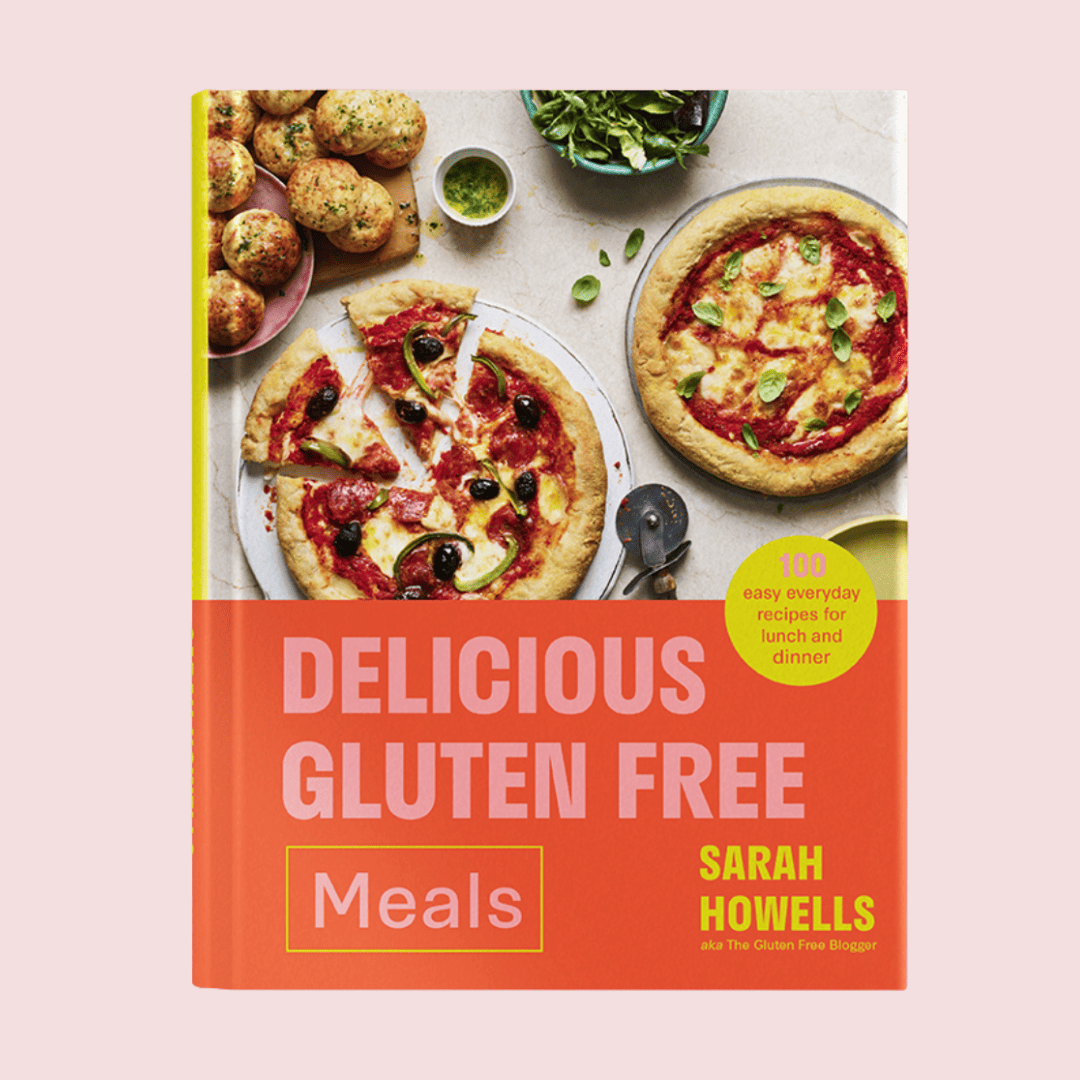
Get my cookbook!
Want more gluten free meals inspiration? My debut cookbook, Delicious Gluten Free Meals, has 100+ gluten free recipes, from breakfast and lunch ideas to dinners, desserts and sides.

